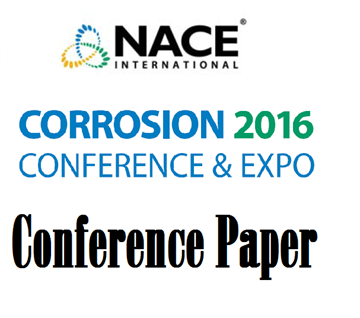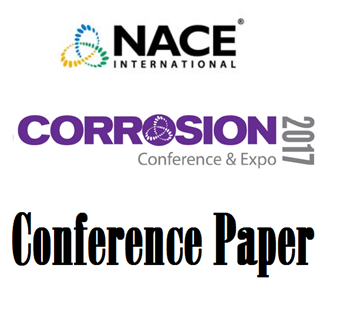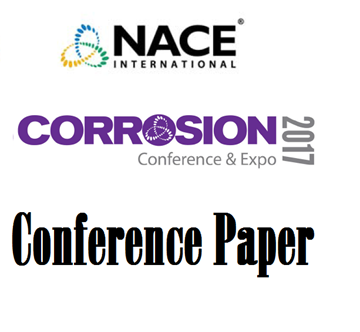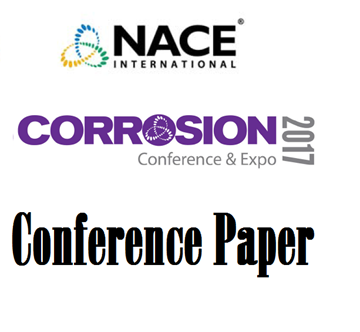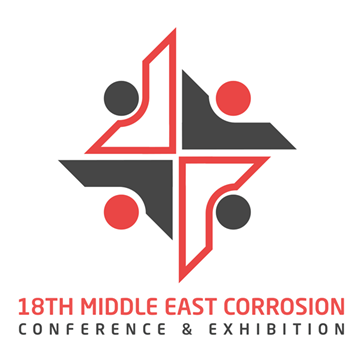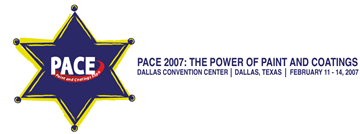Search
Conference Papers
View as
Sort by
Display
per page
Crevice Corrosion Performance of High Grade Stainless Steels and Ni-Based Alloys in Natural And Treated Seawater
Product Number:
51316-7196-SG
ISBN:
7196 2016 CP
Publication Date:
2016
$20.00
Crevice Crrosion of Copper as an Engineering Barrier of High-level Radioactive Waste Containers
Product Number:
51317--9162-SG
ISBN:
9162 2017 CP
Publication Date:
2017
$20.00
Critical Factors Affecting the Pitting Corrosion Resistance of Additively Manufactured Ni-based Alloy in Chloride Containing Environments
Product Number:
51317--9345-SG
ISBN:
9345 2017 CP
Publication Date:
2017
$20.00
Critical Review of International Standards on Soluble Salts Measurement Methods
Product Number:
51324-20851-SG
Publication Date:
2024
$40.00
Critical Review of ISO 12944-9 and AMPP TM21612 Coating Qualification Standards Using Field Data to Compare
Product Number:
51324-20751-SG
Publication Date:
2024
$40.00
Critical Review on Sulphide Scale Formation, Removal and Inhibition
Product Number:
51320-14731-SG
Publication Date:
2020
$20.00
Cross-Linking Performance to Mechanism: Correlation of lining performance in flue gas desulfurization applications to cure mechanism
Product Number:
41212-703-SG
Publication Date:
2012
$20.00
Cryogenic Spillage Protection (CSP) on FLNG: Improving Safety Through Standardization
Product Number:
51317--8968-SG
ISBN:
8968 2017 CP
Publication Date:
2017
$20.00
CUI Assessment Near Insulation Support Rings Using Pulsed Eddy Currents
Product Number:
51323-19031-SG
Publication Date:
2023
$20.00
CUI Monitoring for Cold Duty Insulation, Evaluation and Use Cases
Product Number:
MECC23-20256-SG
Publication Date:
2023
$20.00
Curing Temperature Effects on Standard Cure Epoxies and low Temperature Cure Epoxies
Product Number:
41207-349-SG
Publication Date:
2007
$20.00
Current Industry Practice in Carbon Capture Corrosion, and the Knowledge Gap it Produces
Product Number:
51323-19539-SG
Publication Date:
2023
$20.00



